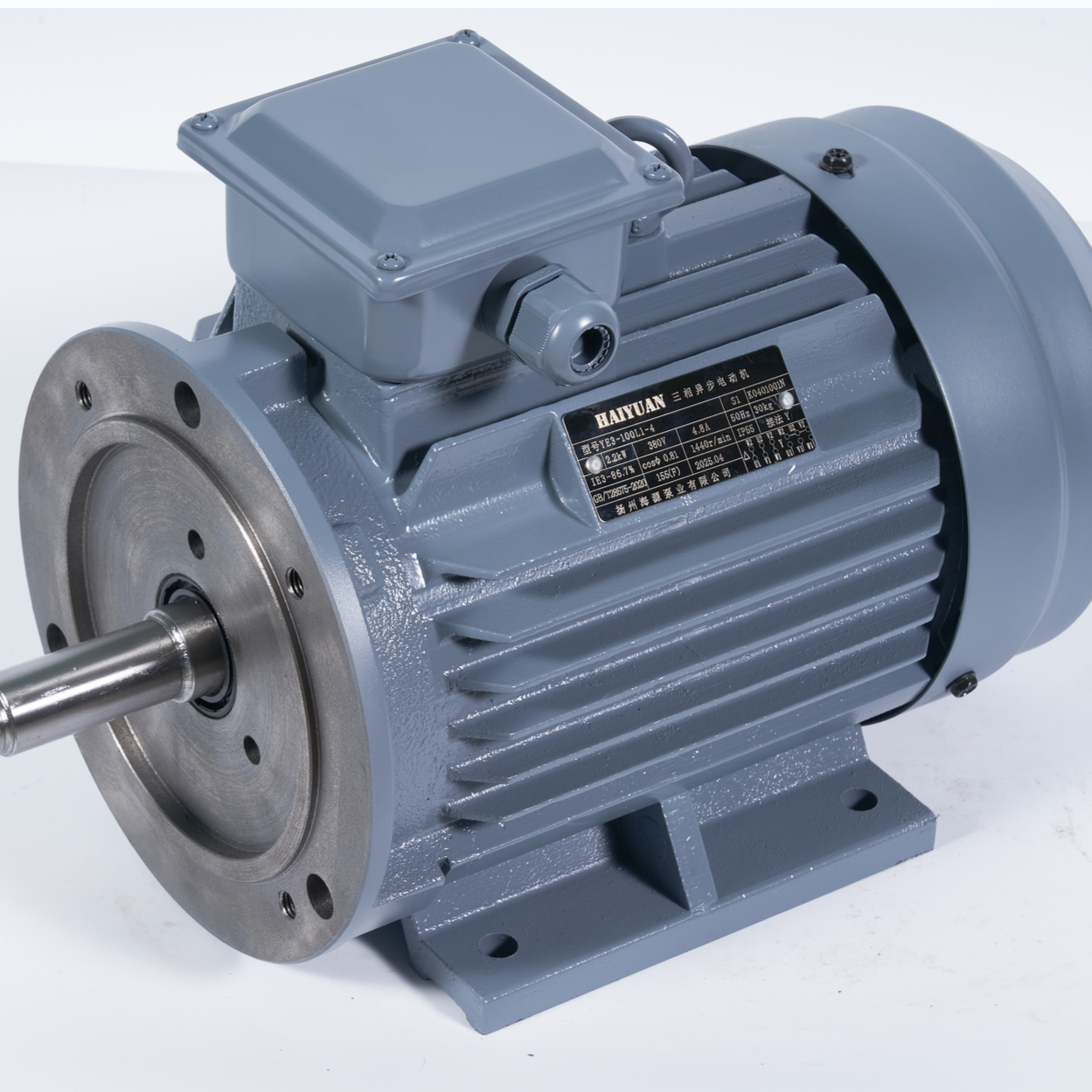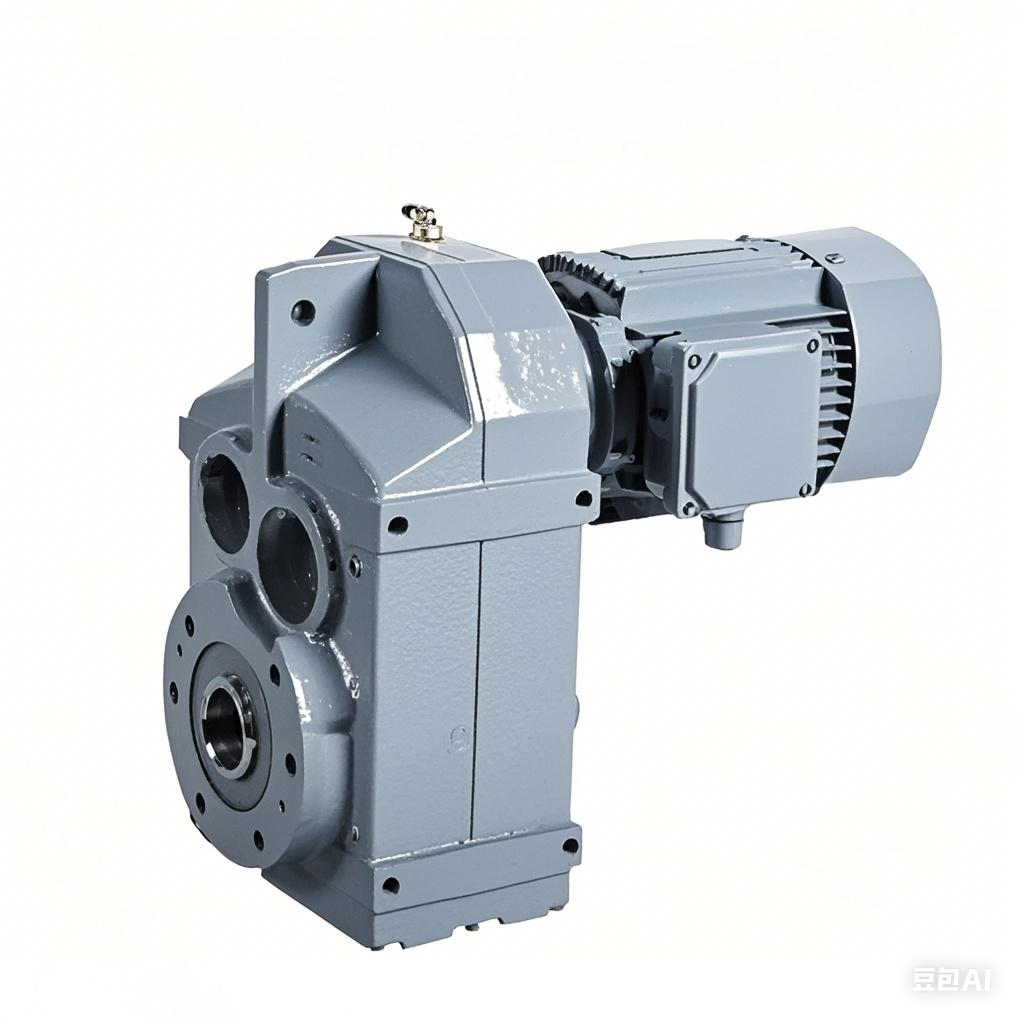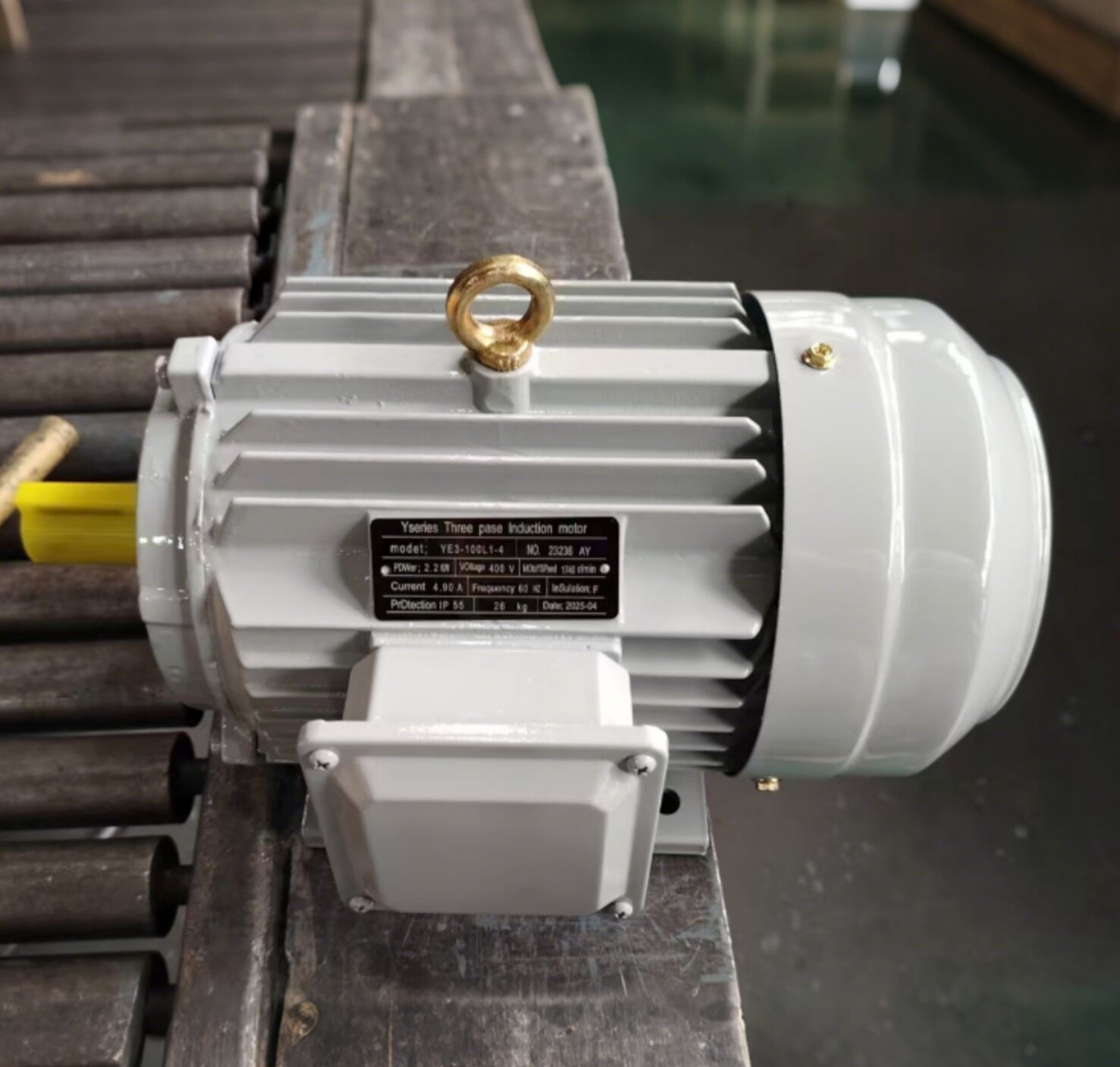arduino servo control
Arduino servo control represents a fundamental aspect of robotics and automation, offering precise angular position control through a sophisticated yet accessible mechanism. This control system combines Arduino's versatile microcontroller platform with servo motors to achieve accurate positional control ranging from 0 to 180 degrees. The system utilizes pulse-width modulation (PWM) signals to communicate desired positions to the servo motor, enabling smooth and controlled movement. The Arduino servo control system consists of three main components: the Arduino board, which acts as the brain of the operation, the servo motor that executes the movement commands, and the control software that manages the communication between them. What makes this system particularly valuable is its ability to maintain position against external forces, making it ideal for applications requiring precise angular control. The system supports both continuous rotation and standard servos, accommodating various project requirements. Users can easily implement position control through simple programming commands, while the system provides feedback mechanisms to ensure accuracy. The Arduino servo control system finds applications in diverse fields, from hobbyist robotics projects to professional automation systems, remote-controlled vehicles, and precision manufacturing equipment.



